There is constant confusion around macros, protein goals, and how to dose for protein.
Although there’s an article detailing how to dose for protein from Diabetes Daily,
I prefer an easier approach:
1.) Weigh your protein (or in a pinch, estimate it using the hand method. 4 ounces/113grams of a protein food is approximately the size and thickness of an average sized palm.
2.) Enter it into cronometer.com or other food tracking program.
3.) Look at the grams of protein that your food contains (NOT THE TOTAL WEIGHT OF THE FOOD)
4.) Divide the grams of protein the food contains by 2 ( For example, 4 ounces/113g of chicken breast will contain approx 30 grams of protein. Divided by 2 = 15 grams)
5.) Add this 15 grams to your carb count for the meal (Err on the side of caution and reduce this estimate for the first few times).
For example, if you’re eating 12g of carbs PLUS the 4 ounce chicken breast, you’ll estimate 27g of carbs (12g actual carbs PLUS 15g taken from the protein)
With a pump, use the dual wave bolus feature to cover the whole 27 grams of ‘carbs’ for the meal.
If you’re using injections, consider using Regular insulin (HumulinR,/NovolinR/Actrapid) for protein, particularly with the evening meal. Regular insulin has slower action which is uniquely suited to protein digestion. Keep in mind that Regular insulin is approximately half the strength of Humalog, Novolog, Afrezza. If your I:C Ratio is usually 1u of Humalog per 15g carbs, it will be roughly 1u Regular per 7-8g carbs.
If Regular insulin is not an option, two separate bolus injections may be needed to cover both the carbs and delayed protein spike. Dose the first 12g of carbs with a pre-bolus as you normally would. See note regarding digestion times below and watch your CGM or blood glucose meter to match the your second bolus dose to the estimated protein digestion.
6.) Track your results and modify for next time, if needed.
Keep in mind: Different proteins will have different digestion times. I find that my blood sugar level rises from chicken and fish about 2 hrs after eating. Pork and beef are at 4-5 hrs after eating. Any minced/ground meat will digest faster. Your digestion times may vary greatly from mine.
The important part is to track exactly what you’re eating, the dose timing/quantity, and evaluate your results so you can modify for next time.
Once you have some experience with this, it'll become automatic.
If you want to learn more about macros and how to modify macros to fit your weight loss or athletic needs, register for our Real Life Low Carb online course.
For one-on-one help improving your blood sugar levels and taking control of your health, start personal coaching today.







Observations of a decade of low carb for T1D management. Has it been worth it? What are the regrets? And what has changed in that time.